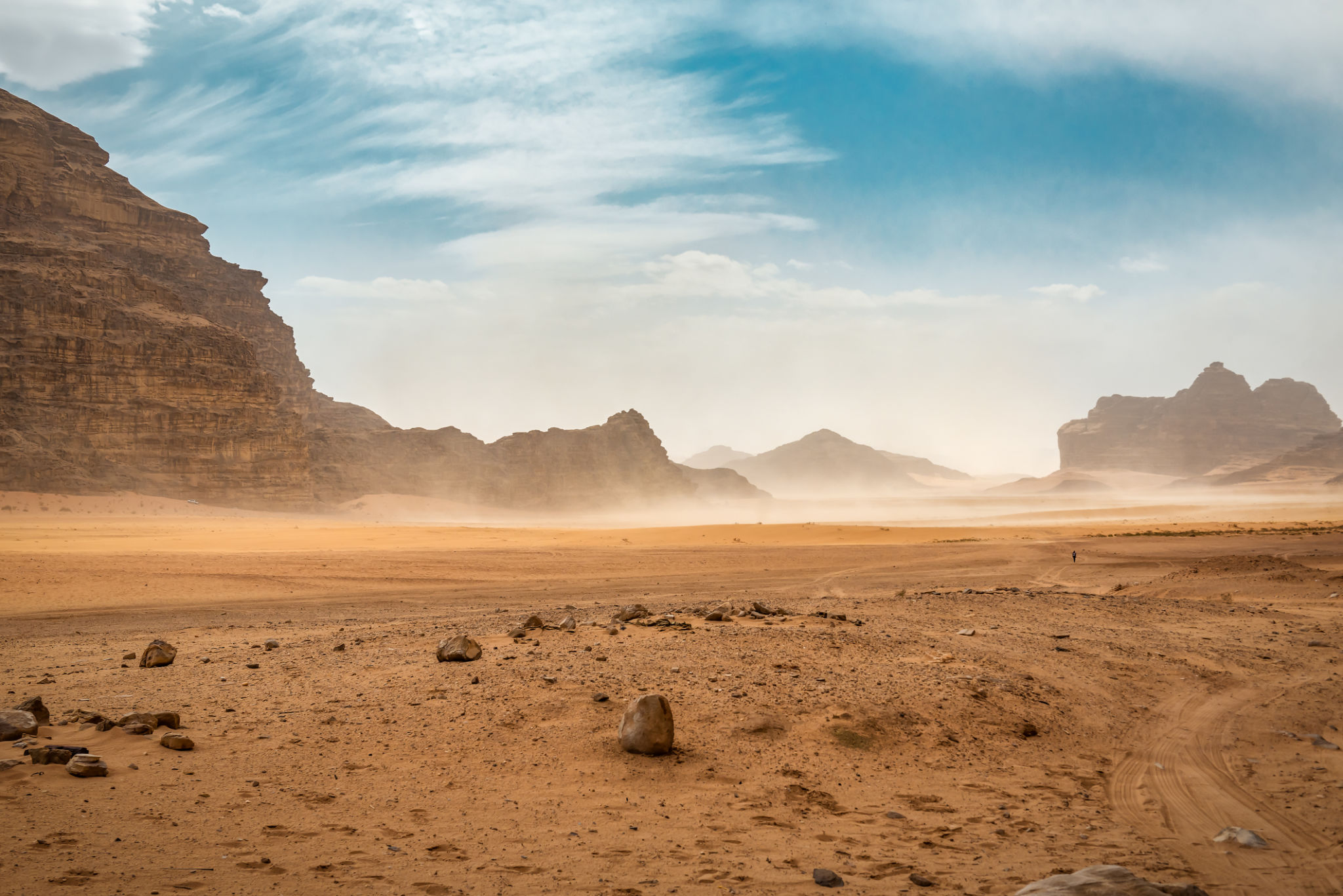Choosing the Right Industrial Tires for Middle Eastern Terrains
Understanding Middle Eastern Terrains
The Middle East is characterized by diverse and challenging terrains, ranging from expansive deserts to rugged mountains and everything in between. When selecting industrial tires for these landscapes, it’s crucial to consider the specific conditions they will encounter. Durability and adaptability are key factors for ensuring optimal performance and safety.
Desert terrains, for example, present unique challenges such as loose sand and extreme temperatures. Tires designed for these conditions must provide excellent traction and heat resistance. In contrast, mountainous areas require tires that can handle rocky surfaces and steep inclines. By understanding the specific demands of each environment, businesses can choose tires that enhance efficiency and reduce maintenance costs.

Key Features of Industrial Tires
When choosing industrial tires for Middle Eastern terrains, several features should be prioritized. These include:
- Traction: Essential for maintaining grip on sandy, rocky, or uneven surfaces.
- Durability: Tires must withstand harsh environmental conditions and heavy loads.
- Heat Resistance: High temperatures can affect tire performance and lifespan.
- Load Capacity: Ensure the tires can support the weight of the equipment or vehicle.
Selecting tires that excel in these areas will help prevent downtime and improve productivity in challenging terrains. It's important to balance these features based on the specific needs of your operations.
Types of Industrial Tires
There are several types of industrial tires suitable for different applications and environments in the Middle East. Common types include:
- Radial Tires: Known for their flexibility and ability to handle varied loads, making them ideal for mixed terrains.
- Bias Ply Tires: These are robust and offer excellent stability, often preferred for heavy-duty applications.
- Solid Tires: Ideal for harsh environments where puncture resistance is critical.

Maintaining Industrial Tires
Proper maintenance is crucial to extending the life of industrial tires and ensuring safety. Regular inspections should be conducted to check for signs of wear, punctures, or damage. Proper inflation is also essential, as under-inflated tires can lead to increased wear and reduced efficiency.
Additionally, rotating the tires periodically can help distribute wear evenly, enhancing their longevity. Employing a proactive maintenance schedule not only optimizes performance but also minimizes unexpected downtimes.
The Impact of Tire Choice on Operational Efficiency
The right tire choice significantly influences operational efficiency in industries such as construction, mining, and logistics. By tailoring tire selection to specific terrains, businesses can reduce fuel consumption and improve equipment handling. This, in turn, leads to cost savings and increased productivity.

Furthermore, investing in high-quality tires designed for Middle Eastern conditions can enhance safety for operators and reduce the likelihood of accidents. This investment in quality not only pays off in terms of performance but also contributes to a safer working environment.
Conclusion
Choosing the right industrial tires for Middle Eastern terrains involves understanding the unique challenges posed by different environments. By focusing on key features such as traction, durability, and heat resistance, businesses can make informed decisions that boost efficiency and safety.
Remember that regular maintenance is equally important to maximize tire life and performance. With careful consideration and proactive upkeep, industrial operations can thrive amidst the diverse terrains of the Middle East.
